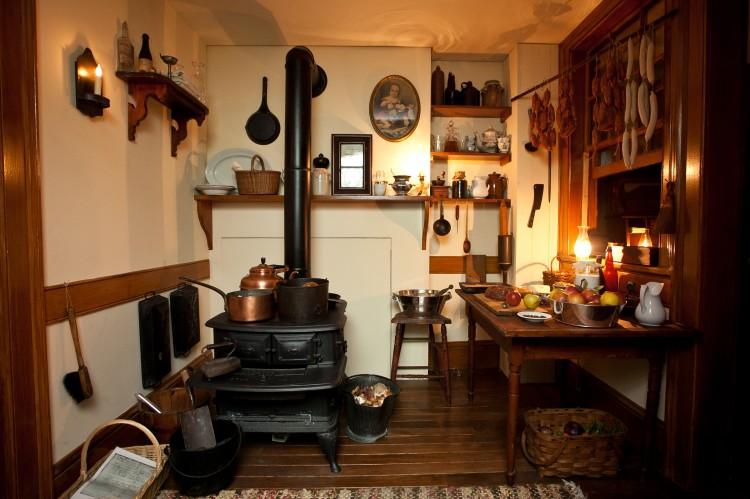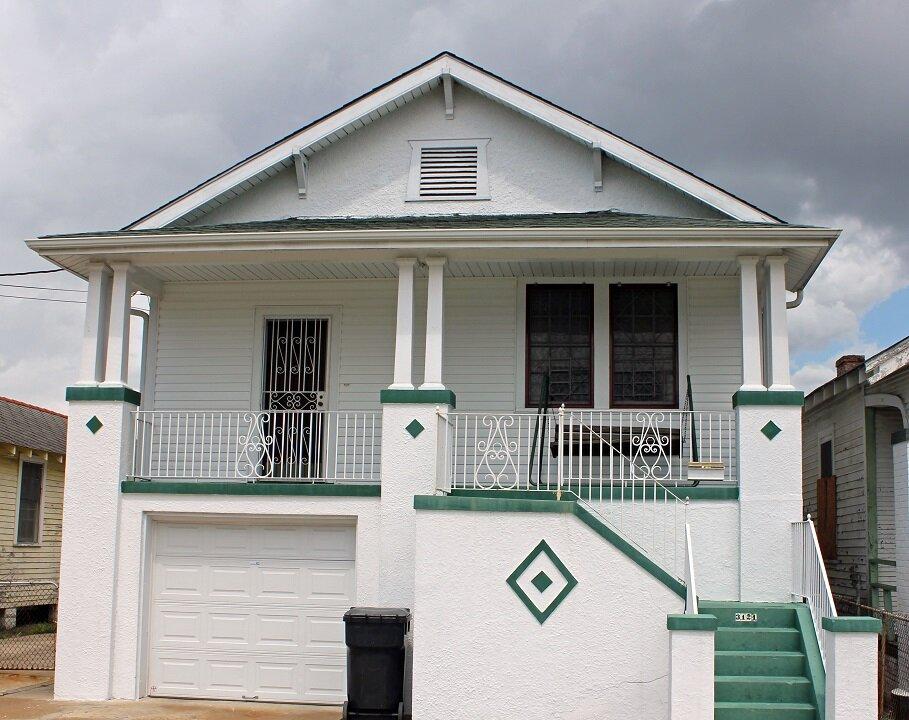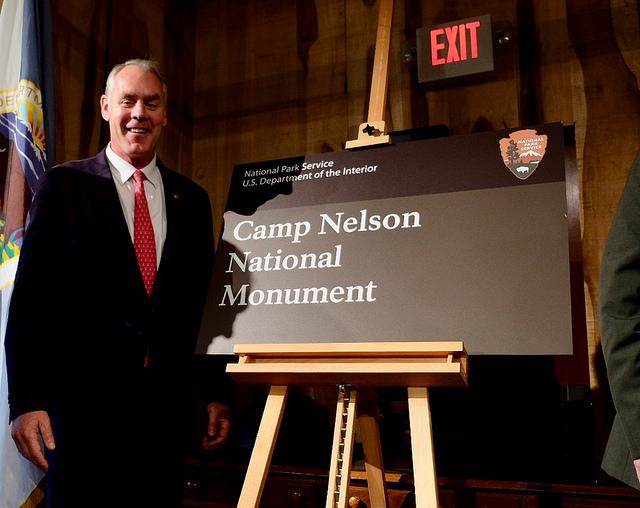NEW YORK—For a little over 100 years, 97 Orchard St., held commercial tenants, nothing special.
“This building is typical in so many ways, but when you look at the typical, you start finding the exceptional,” said Sarah Lohman, educator at the Tenement Museum.
From the 1870s through the 1970s, it was one of dozens of stores selling the popular goods or services of the time: beer, meat, and even undergarments.
Today 97 Orchard St., is home to the Shop Life Exhibit at Tenement Museum, the first new permanent exhibit since 2008. The exhibit explores the ever-changing times of the Lower East Side through four businesses. Rather than using generalities, each time period is told through a personal story of tenants who actually resided at 97 Orchard St.
“The humanity of it connects all of us, and that is what allows us to connect these stories,” Lohman said.







